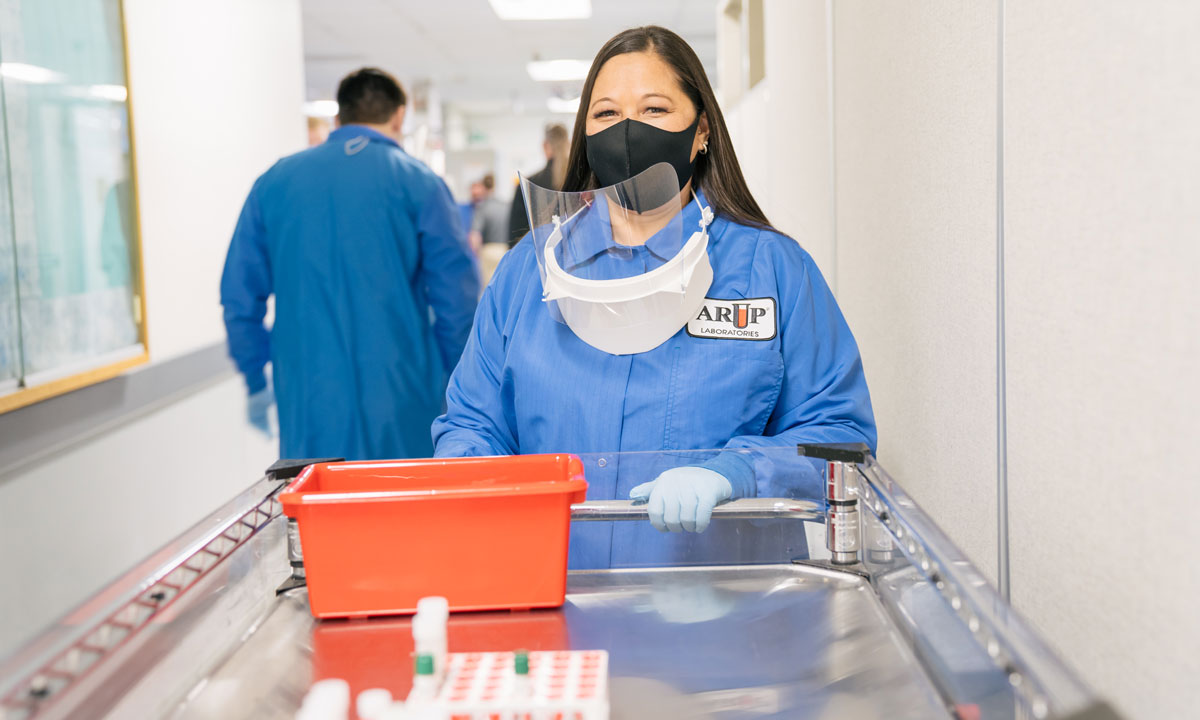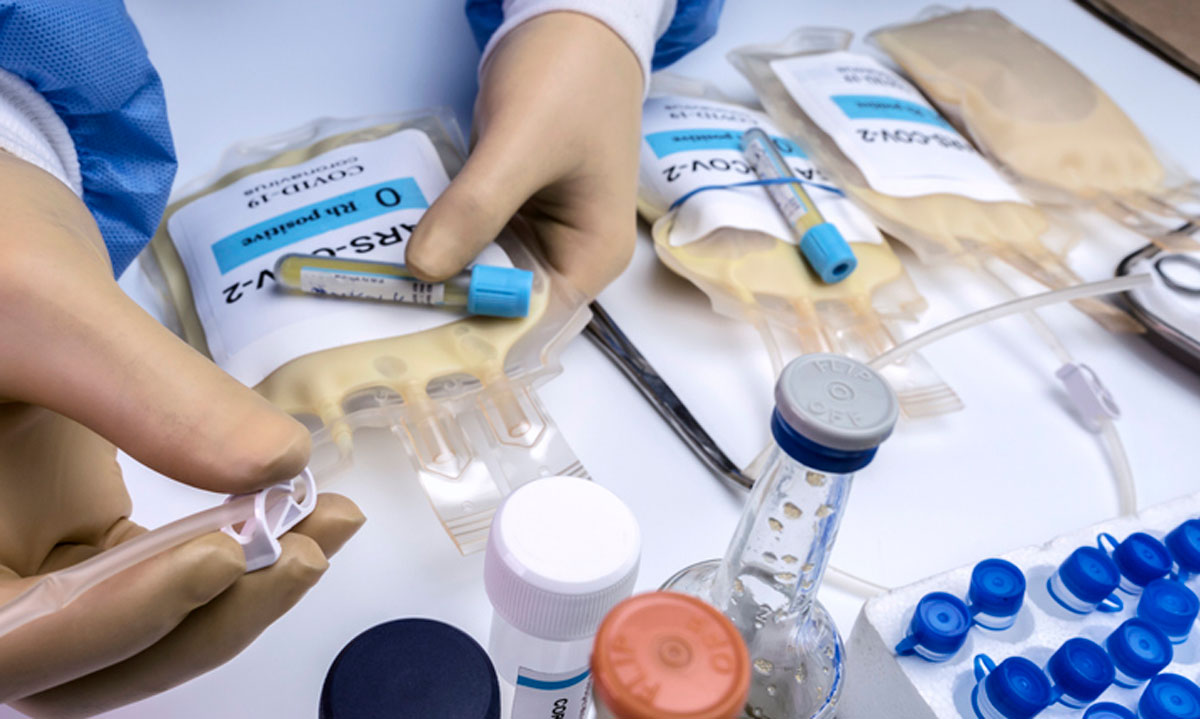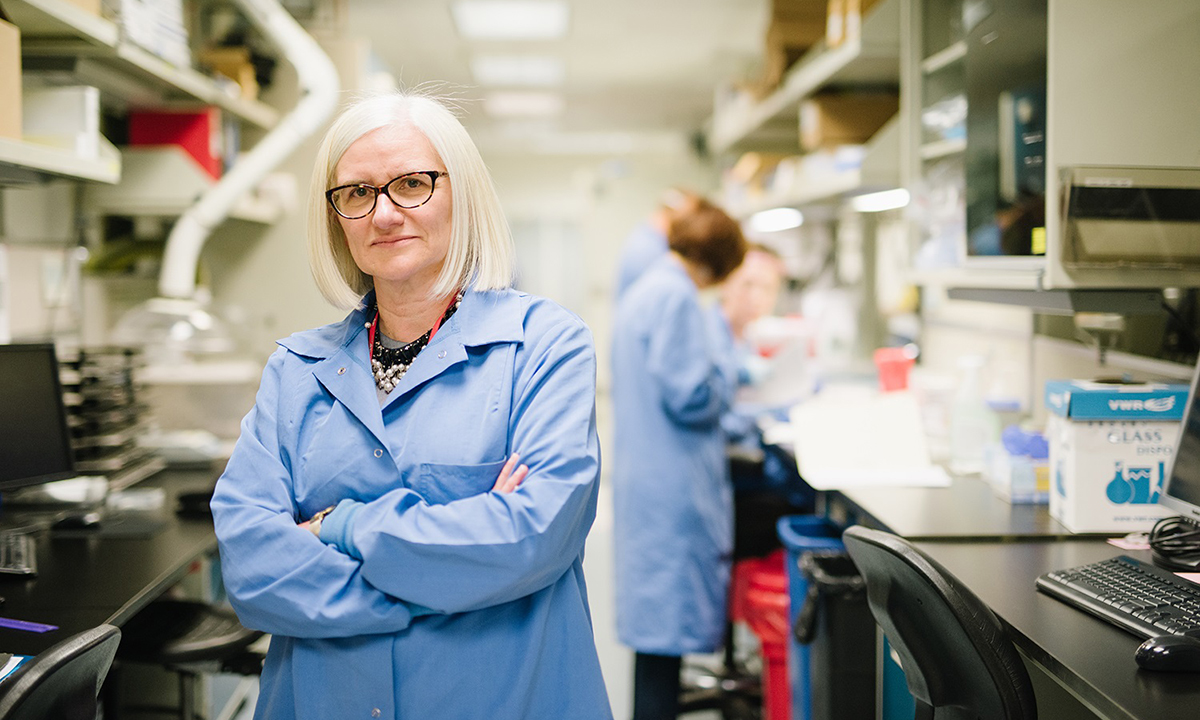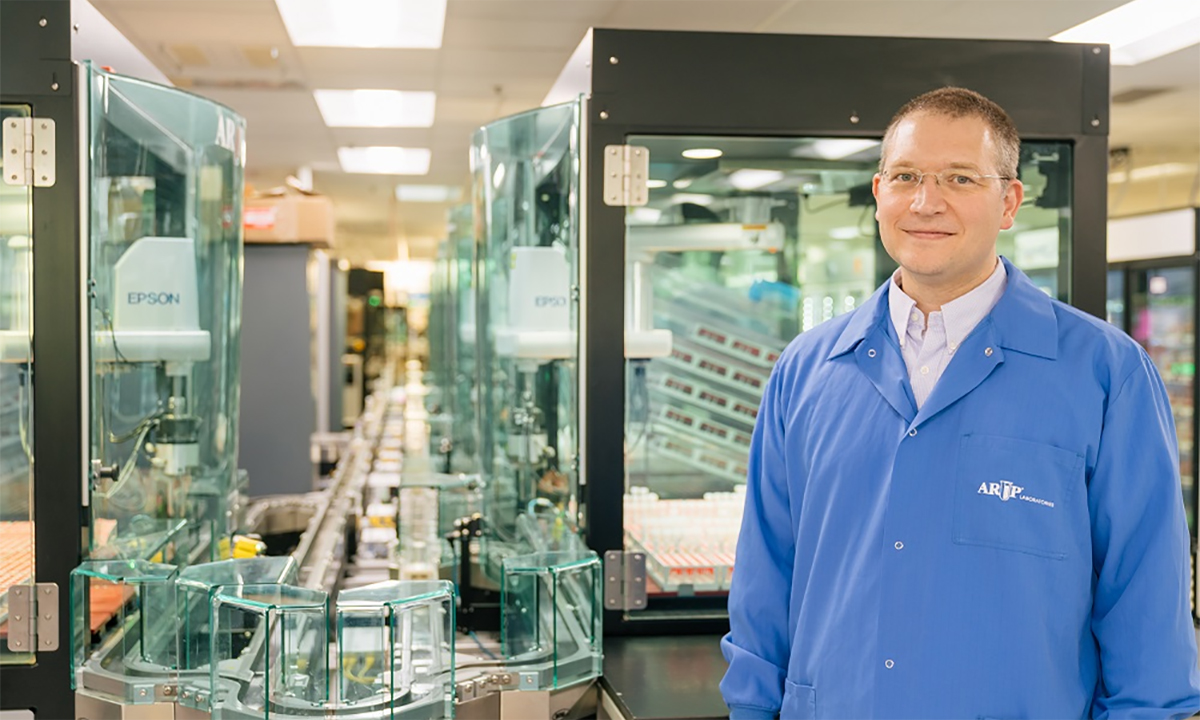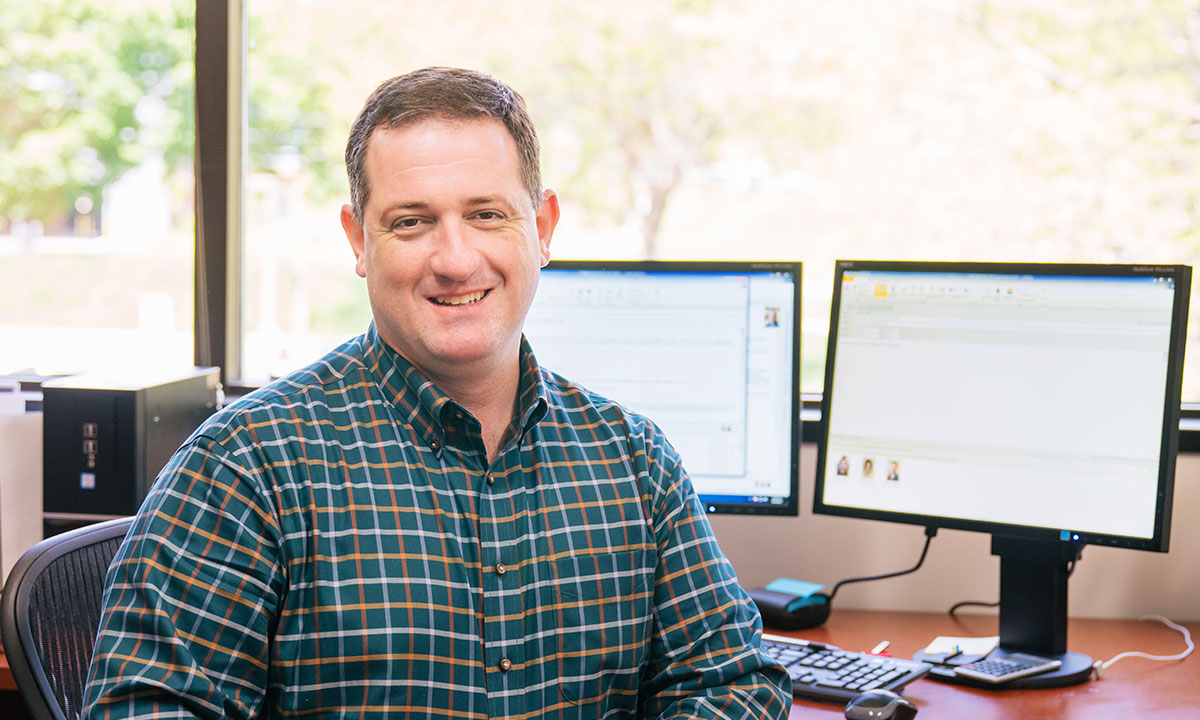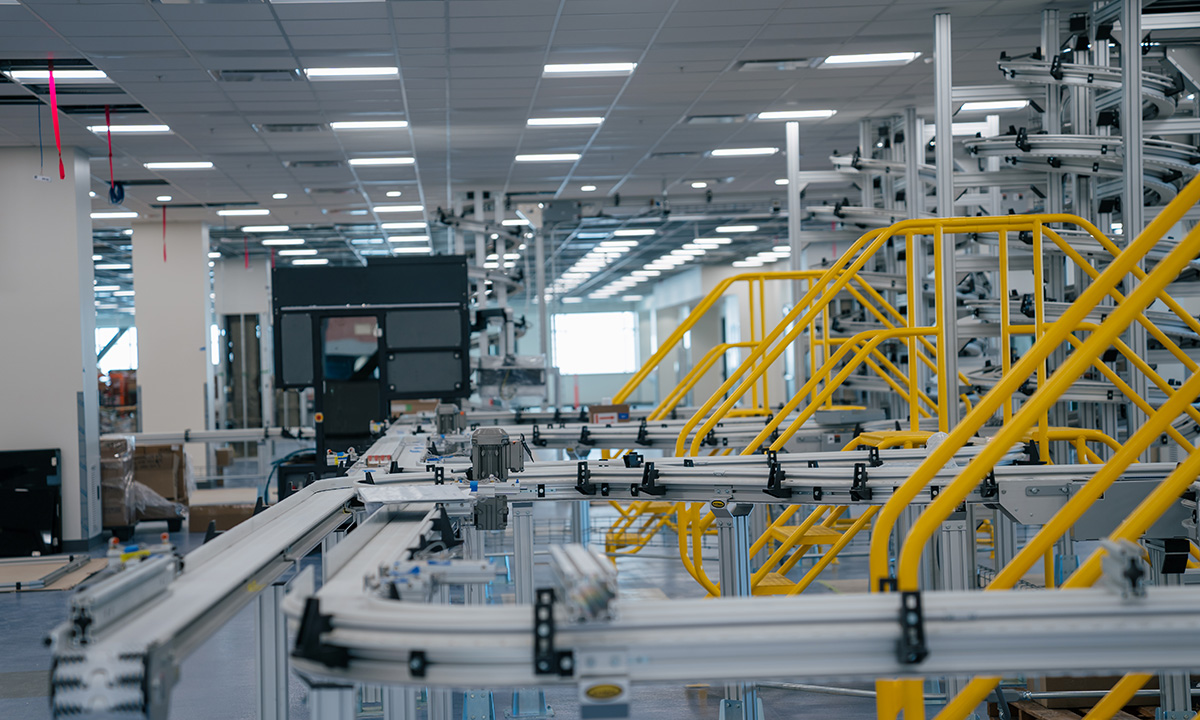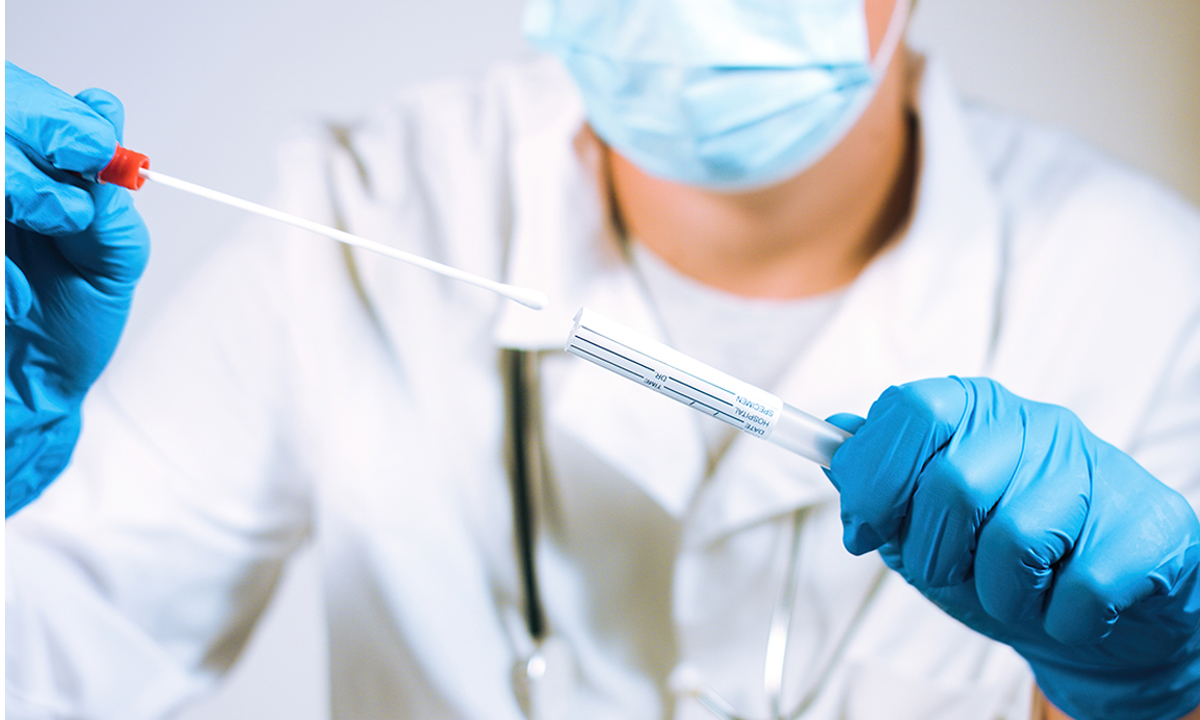The career growth spotlight series shows the myriad career paths possible at ARUP, inside and outside more than 65 laboratories and in more than 180 departments.
ARUP and University of Utah Health continue to research the safety and efficacy of COVID-19 convalescent plasma (CCP) in four multicenter randomized clinical trials.
Utah added screening for GAMT deficiency to its NBS panel in 2015, becoming the first state to do so. It is now one of only three states to screen for the condition.
Which types of innovation, adaptation, and acceleration happened in diagnostic technology companies in the face of the COVID-19 pandemic? Are the intensity and fast-moving strategies even sustainable?
To assist clinicians in providing the best possible care for patients with thyroid disease, ARUP Laboratories has released a comprehensive new thyroid disease testing resource on ARUP Consult.
Adam Barker, PhD, director of the ARUP Institute for Clinical & Experimental Pathology, is among medical experts who will participate in an event that will examine Utah’s response to COVID-19.
A recording of an hour-long webinar updating the status of diagnostic testing for SARS-CoV-2 nearly a year after the first tests were introduced is now available to watch for free.
ARUP Researchers Played Key Role in Newborn Screening That Identified Baby Born with GAMT Deficiency
In December 2020, Utah’s Newborn Screening Program identified the first patient with guanidinoacetate methyltransferase (GAMT) deficiency solely through newborn screening.
ARUP Laboratories has made a new resource available to laboratory leaders and others in healthcare to help explain how the first FDA-approved SARS-CoV-2 vaccines work.
Andrew Fletcher, MD, ARUP Laboratories Medical Director of Consultative Services, has earned Health Care Quality and Management certification from the ABQAURP.
ARUP’s new automation system was custom designed to increase efficiency and ensure specimens are quickly and accurately processed.
ARUP announced the availability to clients nationwide of a combined test to detect and differentiate COVID-19, influenza, and respiratory syncytial virus (RSV).

















